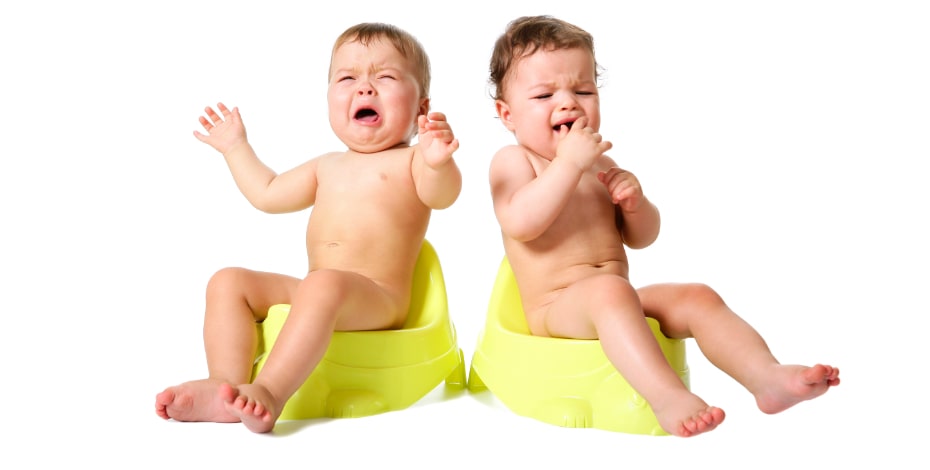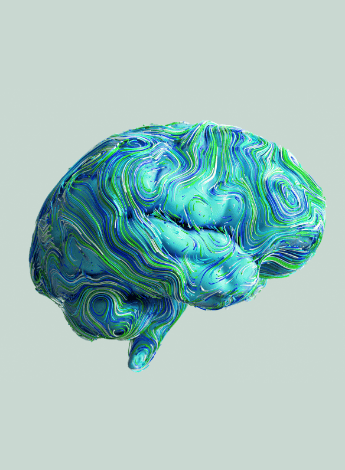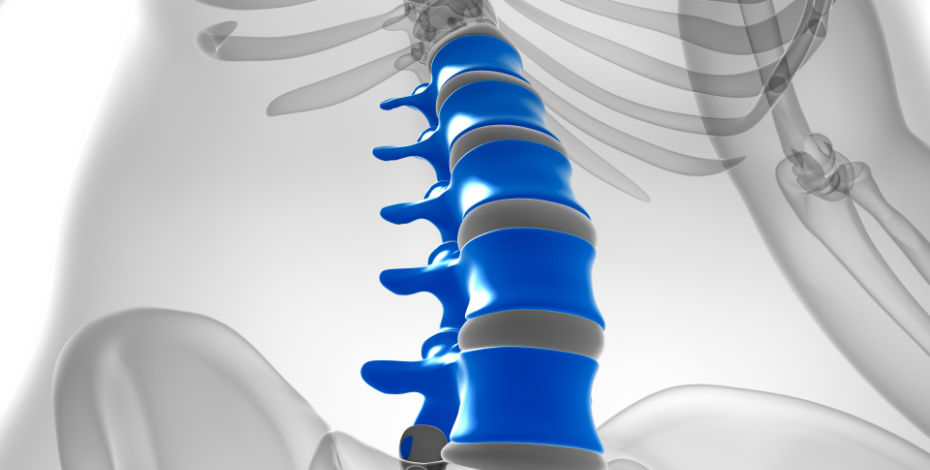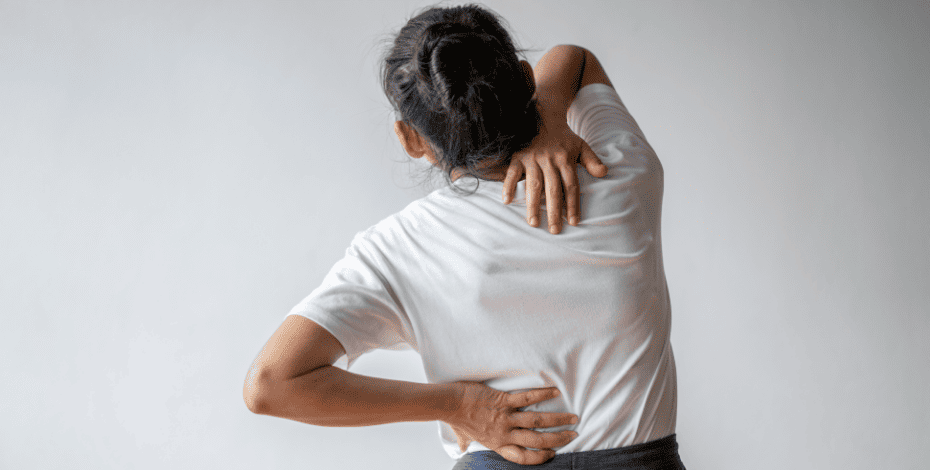
Five facts about … paediatric physiotherapy

Kate Tavendale, Emily Healey, Govind Krishnamoorthy and Lynn Jensen present five discussion points about the benefits of paediatric physiotherapy.
1. Interventions based on motor learning principles are beneficial for infants with, or at risk of, cerebral palsy
Infants with or at risk of cerebral palsy should be offered intervention as early as possible to maximise brain plasticity (Morgan et al 2016).
The principles of motor learning and development in typical infants can inform the intervention for infants with cerebral palsy.
Paediatric physiotherapists are trained in the development of typical infants and infants with neurodevelopmental disorders, and are able to apply these principles.
For both groups of infants, development in the motor domain is related to development in language, cognition and social function.
Motor learning principles include goal setting, frequent and context-dependent practice, active engagement of the infant, and a stimulating home environment (Adolph & Franchak 2017).
Motor learning is a result of experience-dependent neuroplasticity as well as growth and development of the musculoskeletal and cardiopulmonary systems.
Novak et al (2020) have given the green light to a number of evidenced-based interventions for infants with cerebral palsy, based on motor learning, with the following characteristics.
Goal-directed training should include real-life tasks that are motivating for infants.
Infants who participate in their learning practice more often and for longer, resulting in high- intensity practice.
A stimulating home environment is comprised of appealing toys, play spaces that offer variety and challenging support surfaces, and nurturing interaction between infants and caregivers.
Infants successful in their play are more likely to engage in spontaneous practice (Morgan et al 2016).
Paediatric physiotherapists are skilled in child development, motor learning and multi-body system function.
They are able to devise interventions to educate caregivers and to help infants achieve movement goals that promote independent activity.
References
Adolph KE and Franchak JM (2017). The development of motor behavior. Wiley Interdisciplinary Review and Cognitive Science. 8(1-2): doi:10.1002/wcs.1430.
Morgan C et al. (2016). Effectiveness of motor interventions in infants with cerebral palsy: a systematic review. Developmental Medicine and Child Neurology. 58(9): 900-909.
Novak I et al. (2020). State of the evidence traffic lights 2019: systematic review of interventions for preventing and treating children with cerebral palsy. Current Neurology and Neuroscience Reports. 20:3 https://doi.org/10.1007/s11910-020-1022-z
2. Childhood incontinence affects many Australian children
The Continence Foundation of Australia report that 25 per cent of children are affected by constipation, 3 per cent by faecal soiling, 12 per cent by daytime wetting and one in every five Australian children wet their beds (CFA 2020).
Bladder and bowel dysfunction in childhood often has a natural resolution with time; however, some children will go on to have persisting problems through to adolescence (Joinson et al 2016) and adulthood (Kyrklund et al 2012, Voskuijl et al 2005).
Many studies confirmed that children and adolescents with incontinence have lower quality of life and self-esteem (Bower 2008), with their scores often comparable to other paediatric chronic disorders (Bachmann et al 2009).
The International Children’s Continence Society recommends urotherapy as a first- line treatment for children with incontinence (Maternik et al 2015).
Urotherapy refers to non-pharmacological and nonsurgical interventions, and is commonly provided by continence physiotherapists.
Treatment includes education on good bladder and bowel habits, lifestyle advice, instruction on the use of bladder or bowel diaries, pelvic floor muscle training, behavioural modification and neuromodulation (Maternik et al 2015).
The ability to achieve continence requires the coordination of somatic and autonomic nervous systems, smooth and striated muscle actions, sensorimotor functions (Chase et al 2015) and the psychosocial awareness to be dry.
Physiotherapists are well placed to provide urotherapy with our understanding of these systems and the importance to look at the whole picture while tailoring treatments to the individual.
References
Bachmann C, Lehr D, Janhsen E, Sambach H, et al. Health related quality of life of a tertiary referral center population with urinary incontinence using the DCGM-10 questionnaire. J Urol 2009; 182:2000-6)
Bower WF. Self-reported effect of childhood incontinence on quality of life. J Wound Ostomy Continence Nurs 2008;36:617-21.
Chase J, Bower W (2015). The concept of physiotherapy for childhood BBD. In Franco I, Austin P, Bauer S, von Gontard A, Homsy Y, Pediatric Incontinence: Evaluation and clinical management (pp139-143). Wiley Blackwell.
Continence Foundation of Australia (2020), accessed 14 August 2020, http://continence.org.au/who-it-affects/children
Joinson C, Grzeda M, von Gontard A, et al.(2016) The association between trajectories of bedwetting and daytime wetting in childhood and incontinence and lower urinary tract symptoms in adolescence. Arch Dis Child. 101(Suppl 1):A187.2–8. doi: 10.1136/archdischild-2016-310863.313
Kyrklund K, Taskinen S, Rintala RJ et al. (2012). . J Urol ;:588–93. doi: 10.1016/j.juro.2012.04.016
Maternik M, Krzeminska K, Zurowska A. (2015) The management of childhood urinary incontinence Pediatric Nephrology Vol 30 (1):41–50
Voskuijl W, Reitsma J, Ginkel R, Buller H, Taminiau J, Benninga M (2006). Longitudinal follow-up of children with functional nonretentive fecal incontinence. Clin Gastroenterol Hepatol Vol 4(1):67-72. doi: 10.1016/j.cgh.2005.10.001
3. Children with developmental coordination disorder exhibit differences in white matter on MRI
Developmental coordination disorder (DCD) is classified under the Diagnostic and Statistical Manual of Mental Disorders (DSM-V) as those children whose acquisition and execution of motor skills is substantially below their age and opportunities for learning.
Roughly 5–6 per cent of all school-aged children are affected by DCD (Blank et al 2012).
Children with DCD have difficulty learning motor skills and performing everyday motor-related activities (Zwicker et al 2012a).
These difficulties persist into adulthood and can cause secondary long-term physical and psychological issues (Ramsussen & Gillberg 2000).
There is very little evidence around the cause of DCD and how it develops.
One hypothesis is that DCD is associated with changes in the white matter within the motor and sensorimotor pathways within the brain (Zwicker et al 2012b).
Recent findings by Brown-Lum et al (2020) have shown that diffusion parameters of white matter and the cerebellar pathways are significantly different in children with DCD compared with typical children.
Furthermore, white matter differences were also found in the superior longitudinal fasciculus, which can contribute to speech impairments such as dysarthria, as well as altered axonal development in children with DCD.
These findings suggest that children with DCD have differences in brain development which contribute to their motor challenges, and are not just children who are delayed or have lower than typical motor skill ability (Brown-Lum et al 2020).
References
American Psychiatric Association. Diagnostic and statistical manual for mental disorders, 5th revision: DSM-V. Washington DC: American Psychiatric Association; 2013.
Blank, R, Barnett A.L. Cairney, J. Green, D. Kirby, A. Polatajko, H. Rosenblum, S. Smits-Engelsman B. Sugden, D. Wilson, P. Vinçon, S. (2019). European Academy for Childhood Disability: International clinical practice recommendations on the definition, diagnosis, assessment, intervention and psychosocial aspects of developmental coordination disorder. Developmental Medicine & Child Neurology.61:242 – 285.
Blank, R. Smits-Engelsman, B. Polatajko, H. Wilson, P. (2012). European Academy for Childhood Disability: Recommendations on the definition, diagnosis and intervention of developmental coordination disorder. Developmental Medicine & Child Neurology, 54(1), 54-93.
Brown-Lum, M. Izadi-Najafabadi, S. Oberlander, T. Rauscher, A. Zwicker, J. (2020). Differences in White Matter Microstructure Among Children with Developmental Coordination Disorder, JAMA Network Open.
Rusmussen, P. Gillberg, C. (2000). Natural outcome of ADHD with developmental coordination disorder at age 22 years: a controlled, longitudinal, community-based study. Journal of the American Academy of Child and Adolescent Psychiatry. 39(11), 1424-1431.
(a) Zwicker, JG. Missiuna, C. Harris, SR. Boyd, L.A. (2012). Developmental coordination disorder: a review and update. European Journal of Paediatric Neurology. 16(6):573-581.
(b) Zwicker, JG. Missiuna, C. Harris, SR. Boyd, L.A (2012). Developmental coordination disorder: a pilot diffusion tensor imaging study. Paediatric Neurology. 46(3):162-167.
4. Childhood trauma impacts rehabilitation and recovery
Approximately two-thirds of children will have been exposed to a traumatic event by the age of 16 (Copeland et al 2010).
Childhood trauma is broadly described as the reactions to situations of exceptionally threatening or catastrophic nature that can be mentally or physically overwhelming for a child (May & Wisco 2016).
Children who have experienced trauma can develop a wide range of difficulties without developing symptoms of post-traumatic stress disorder (PTSD) including chronic pain (Odgers & Jaffee 2013, Holley et al 2016).
Traumatic stress can manifest as hypervigilance, increased emotionality (eg, excessive fear, anger), interpersonal difficulties (eg, distrust of adults, peers), somatic symptoms (eg, chronic pain) and difficulties adhering to treatment and rehabilitation plans (Van der Kolk 2017).
The experience of multiple traumatic events such as child abuse and neglect have cumulative effects on child development.
Childhood trauma can impact neurological development, compromise how children experience and manage stress, and diminish their ability to learn at school (Kenardy et al 2010).
Long-term cumulative effects include increased risk-taking behaviours and poor physical health in adulthood (Felitti et al 1998).
Children can recover and build resilience with the right support (Iacoviello & Charney 2014).
A ‘trauma-informed’ approach to physiotherapy care requires those working with children to ask, ‘what happened to you?’ rather than ‘what is wrong with you?’ (SAMSHA 2014).
Trauma-informed interventions prioritise the physical and psychological safety of the child and their family, and avoid re-traumatisation (Menschner & Maul 2016).
References
1 May, C. L., & Wisco, B. E. (2016). Defining trauma: How level of exposure and proximity affect risk for posttraumatic stress disorder. Psychological trauma: theory, research, practice, and policy, 8(2), 233.
2 Copeland, W. E., Keeler, G., Angold, A., & Costello, E. J. (2010). Posttraumatic stress without trauma in children. American Journal of Psychiatry, 167(9), 1059-1065.
3 Odgers, C. L., & Jaffee, S. R. (2013). Routine versus catastrophic influences on the developing child. Annual review of public health, 34, 29-48.
4 Van der Kolk, B. A. (2017). Developmental trauma disorder: toward a rational diagnosis for children with complex trauma histories. Psychiatric annals, 35(5), 401-408.
5 Kenardy, J., Le Brocque, R., & March, S. (2010). How children and young people experience and react to traumatic events. Canberra: Australian Child and Adolescent Trauma, Loss and Grief Network (ACATLGN).
6 Felitti, V. J., Anda, R. F., Nordenberg, D., Williamson, D. F., Spitz, A. M., Edwards, V., & Marks, J. S. (1998). Relationship of childhood abuse and household dysfunction to many of the leading causes of death in adults: The Adverse Childhood Experiences (ACE) Study. American journal of preventive medicine, 14(4), 245-258.
7 Iacoviello, B. M., & Charney, D. S. (2014). Psychosocial facets of resilience: implications for preventing posttrauma psychopathology, treating trauma survivors, and enhancing community resilience. European journal of psychotraumatology, 5(1), 23970.
8 Substance Abuse and Mental Health Services Administration (2014) SAMSHA’s Concept of Trauma and Guidance for a Trauma-Informed Approach. Substance Abuse and Mental Health Services Administration: Rockville, MD.
9 Menschner, C., & Maul, A. (2016). Key ingredients for successful trauma-informed care implementation. Trenton: Center for Health Care Strategies, Incorporated.
5. Children are not mini adults
Sress urinary incontinence (SUI) is a common complaint for adult women, with some studies reporting a prevalence of SUI between 10 and 39 per cent (Dumoulin et al 2018).
SUI in childhood, however, is exceeding rare and if suspected the patient should be referred for specialist review.
Constipation is very common across the lifespan, although treatments vary.
A high- fibre diet is often recommended to adults to assist with constipation and is supported by research. Surprisingly, there is little research to support fibre in children.
Diet advice is often a trial of a cow’s milk protein-free diet for children whose constipation began with the introduction of formula or cow’s milk (du Toit et al 2010) and/or refractory constipation (Irastorza 2010).
First-line treatment, as recommended by NICE, for constipation in children is disimpaction followed immediately by maintenance laxative therapy (Afral et al 2011).
An article written by Janet Chase and Lewina Schrale (2016) titled ‘Childhood incontinence and pelvic floor muscle function: Can we learn from adult research?’ reviews the research conducted in the adult population and discusses the challenges in transferring this work to children.
References
Afzal, N.A., Tighe, M.P. & Thomson, M.A. (2011) Constipation in children. Ital J Pediatr 37, 28. https://doi.org/10.1186/1824-7288-37-28
Chase J, Schrale L (2016) Childhood incontinence and pelvic floor muscle function: Can we learn from adult research? Journal of Pediatric Urology Vol 13(1):94-101. doi: 10.1016/j.jpurol.2016.08.022
Dumoulin C, Cacciari LP, Hay‐Smith EJC. (2018) Pelvic floor muscle training versus no treatment, or inactive control treatments, for urinary incontinence in women. Cochrane Database of Systematic Reviews. Issue 10. Art. No.: CD005654. DOI: 10.1002/14651858.CD005654.pub4.
du TG, Meyer R, Shah N, Heine RG, Thomson MA, Lack G, Fox AT: Identifying and managing cow's milk protein allergy. Arch Dis Child Educ Pract Ed. 2010, 95: 134-144. 10.1136/adc.2007.118018.
Irastorza I, Ibanez B, Delgado-Sanzonetti L, Maruri N, Vitoria JC: Cow's-milk-free diet as a therapeutic option in childhood chronic constipation. J Pediatr Gastroenterol Nutr. 2010, 51: 171-176. 10.1097/MPG.0b013e3181cd2653.
About the authors...
Kate Tavendale is a continence physiotherapist at both the Queensland Children’s and The Prince Charles hospitals in Brisbane, Queensland.
Emily Healey, APAM, is a senior paediatric physiotherapist working in private practice and NSW Health with a special interest in developmental coordination disorder.
Lynn Jensen, APAM, is a lecturer in the School of Physiotherapy and Exercise Science, Curtin University. Lynn has been an academic since 2000. Her areas of research are development of typical children and children with disabilities, and physical literacy for typical children and children with disabilities.
Govind Krishnamoorthy is a clinical psychologist and lecturer in the School of Psychology and Counselling, University of Southern Queensland. Govind has worked for more than 15 years in public and private sectors offering mental health services for families impacted by child maltreatment. Govind is the co-developer of the Trauma Informed Positive Behaviour Support (TIPBS) program.
© Copyright 2025 by Australian Physiotherapy Association. All rights reserved.





